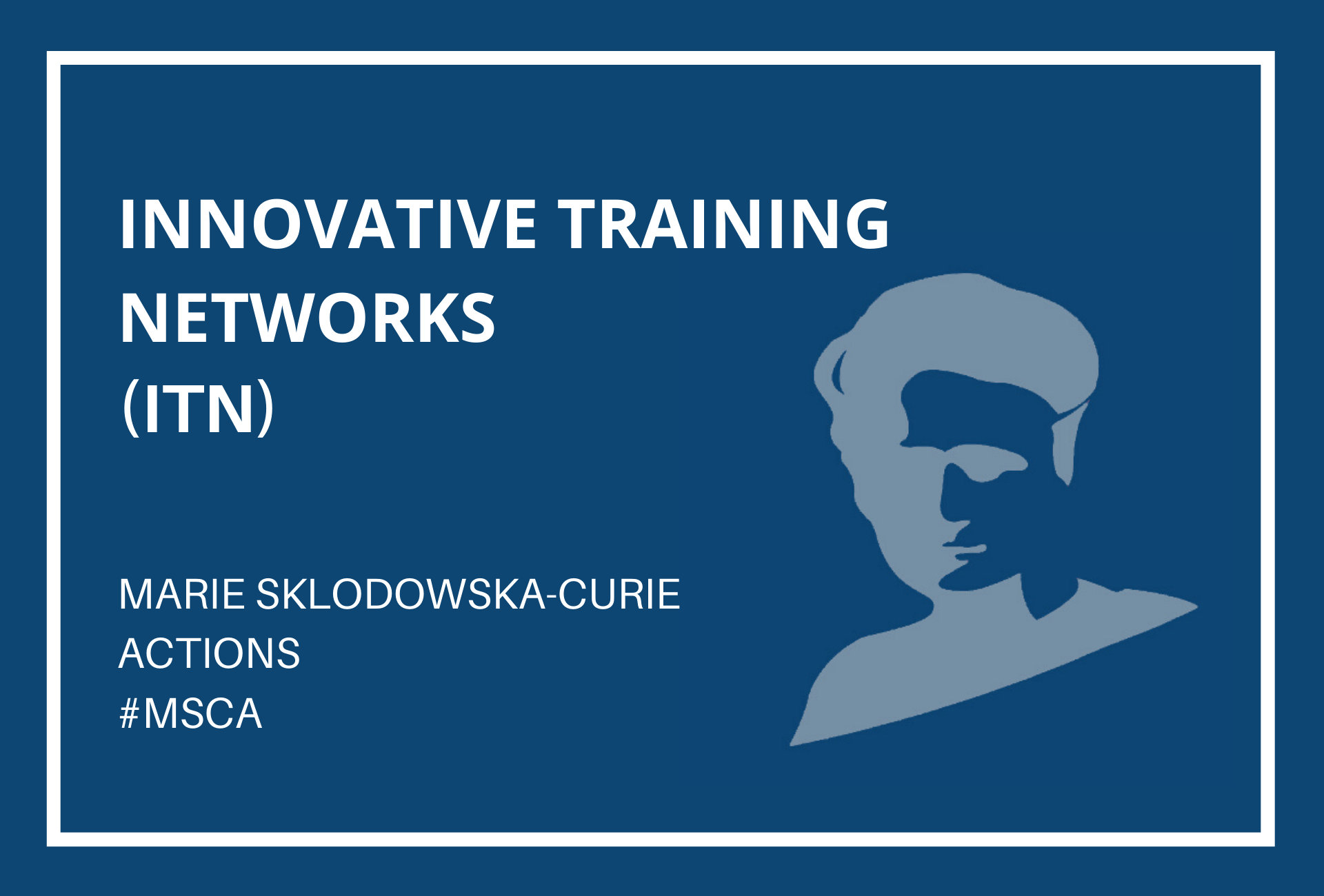Building a High-Performing Workforce: An Innovative Training network Approach
In today’s rapidly evolving business landscape, organizations face the constant challenge of developing and retaining a skilled workforce. Traditional training methods often fall short in addressing the dynamic needs of modern businesses. To overcome these limitations, innovative training networks have emerged as a powerful solution, fostering collaboration, knowledge sharing, and continuous learning across organizations and industries.
1. Understanding the Need for Innovative Training Networks
The traditional approach to employee training often involves isolated training programs within individual organizations. This siloed approach can lead to several limitations:
Limited access to diverse expertise: Employees within a single organization may have limited access to specialized knowledge and skills available in other companies or industries.

Innovative training networks address these challenges by creating a collaborative ecosystem where organizations can pool resources, share expertise, and collectively address workforce development needs.
2. Key Components of an Innovative Training Network
An effective training network typically comprises several key components:
A shared vision and goals: Clear, well-defined objectives are crucial for aligning the goals of participating organizations and ensuring that the network delivers tangible benefits.
3. Benefits of Participating in an Innovative Training Network
Participating in an innovative training network can offer numerous benefits to organizations, including:

Enhanced employee skills and competencies: Access to diverse training resources and expert instruction can significantly enhance the skills and competencies of employees.
4. Examples of Innovative Training Networks
Several innovative training networks have emerged in recent years, demonstrating the power of collaboration and knowledge sharing in workforce development. Some notable examples include:
Industry-led training consortia: These consortia bring together industry leaders, educational institutions, and government agencies to address critical skills gaps and develop a highly skilled workforce for specific sectors.
5. Building a Successful Training Network
Building a successful training network requires careful planning and execution. Key considerations include:
Identifying potential partners: Identifying organizations with complementary skills and shared goals is crucial for building a strong and effective network.
6. The Future of Training Networks
As the pace of technological change continues to accelerate, the role of innovative training networks will become increasingly important. Emerging technologies, such as artificial intelligence (AI), virtual reality (VR), and augmented reality (AR), are poised to revolutionize the way we learn and develop skills.
AI-powered learning platforms can personalize the learning experience, providing customized recommendations and feedback to each individual learner. VR and AR technologies can create immersive and engaging learning experiences, simulating real-world scenarios and providing hands-on training opportunities in a safe and controlled environment.
7. Conclusion
In an era of rapid technological change and increasing global competition, organizations must continuously invest in the development and upskilling of their workforce. Innovative training networks offer a powerful solution, enabling organizations to pool resources, share expertise, and collectively address the workforce development challenges of the 21st century. By fostering collaboration, promoting continuous learning, and leveraging emerging technologies, training networks can play a critical role in building a highly skilled and adaptable workforce that is prepared to thrive in the ever-changing world of work.
This article provides a comprehensive overview of innovative training networks, exploring their key components, benefits, challenges, and future prospects. By understanding the principles and best practices associated with building and maintaining effective training networks, organizations can unlock the full potential of their workforce and achieve sustainable competitive advantage.
